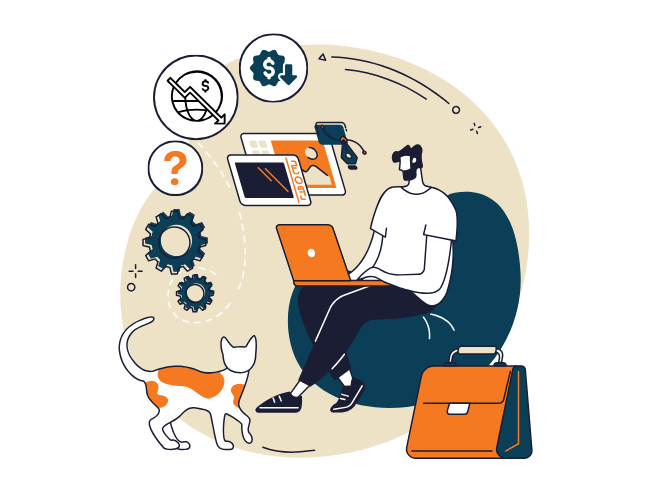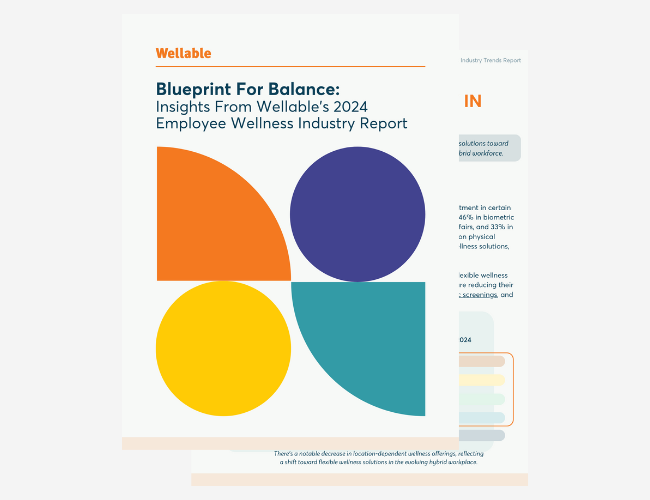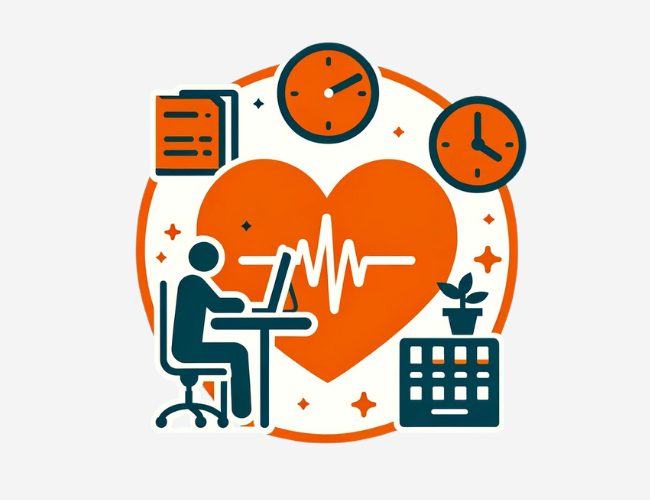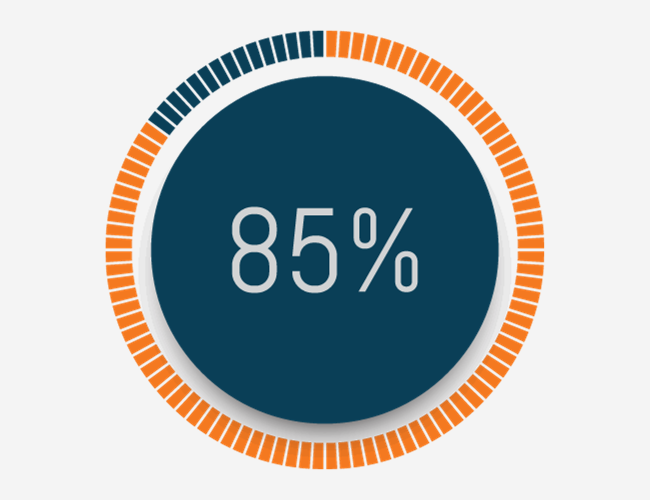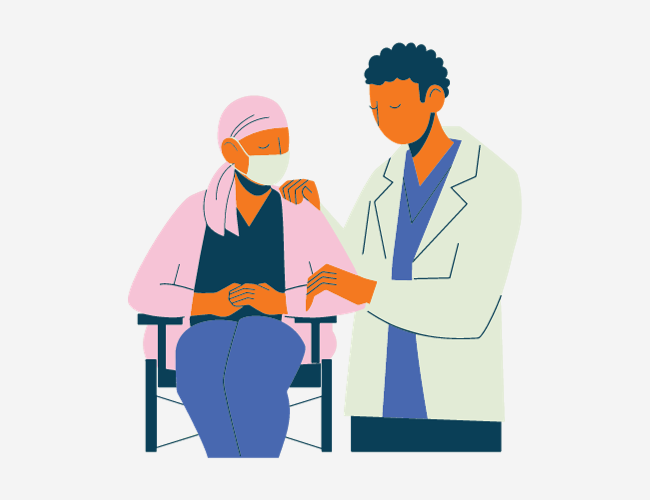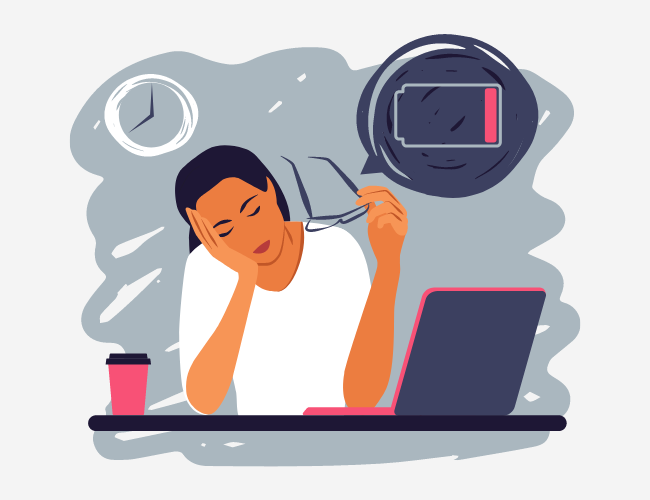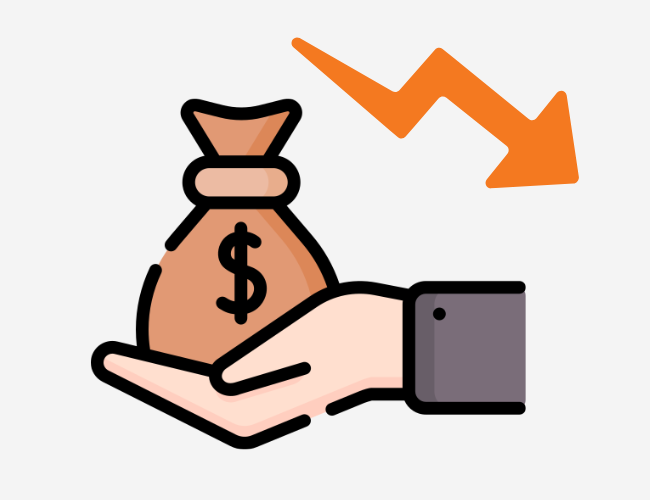A new online national survey of Americans’ health app usage shows mixed results as it relates to consumer adoption of new health and wellness technologies. Published in the Journal of Medical Internet Research mHealth and uHealth and analyzed by researchers at NYU Langone Medical Center, the survey shows that 65% of respondents indicated that apps improved their health. Also, a majority of respondents had strong faith in the accuracy and effectiveness of health apps. 58% of the 1,604 adult smartphone users surveyed had downloaded one health-related mobile app and 42% had downloaded five or more. To be fair, these numbers are higher than some of the other research and surveys we have published in the past. This may be due to this survey being limited to mobile phone users as opposed to consumers in general. Also, this survey included a broad definition of health apps, such as apps that assist in scheduling medical appointments.

About 65% of respondents reported using health apps on a daily basis. According to the survey, the most popular apps were those used to track physical activity (53%), food consumption (48%), weight loss (47%), and exercise instruction (34%). These statistics are very impressive, but the survey also identified a number of challenges in health app engagement. For example, 46% of respondents admitted to having downloaded an app they no longer used. Also, respondents cited cost, disinterest over time, and privacy concerns as barriers to wider and more effective use of the apps. The most common reasons for people not downloading apps were lack of interest, cost, high volume of information that needed to be entered on a daily basis, and concern about apps collecting their personal data.
The average age of respondents was 40, and a majority had annual incomes of less than $50,000. Those most likely in the survey to use health apps were younger, more educated, of higher income, of Hispanic ethnicity, or obese (with a body mass index of 30 or more).
The takeaway from this survey, and many others like it, is that health and wellness apps have come a long way in the last several years, and like most emerging technologies, they still have a long way to go. Smart employers will recognize that these solutions are already being adopted by their employees, and rather than fight the trend, they will embrace it by allowing their employees to participate in their wellness programs through the solutions they already know, trust, and use. For most employers, the adoption rate of these technologies by their employees is higher than their current wellness program, which is just more reason to bring consumer health and wellness apps into their program. The best way to do this is through a bring your own device (BYOD) wellness strategy. To learn more about this strategy and why it makes sense for all employers, download this white paper now.




